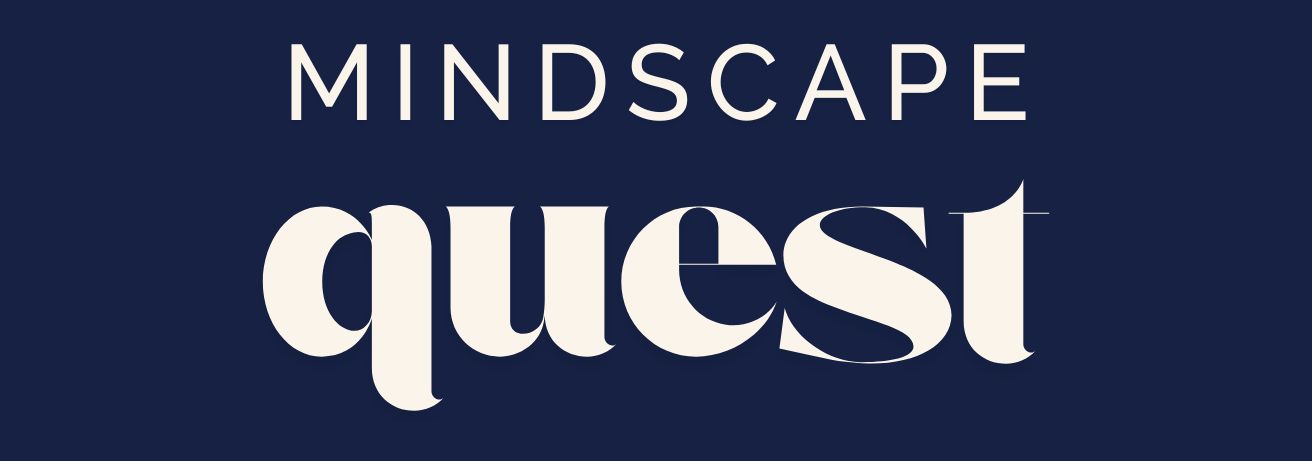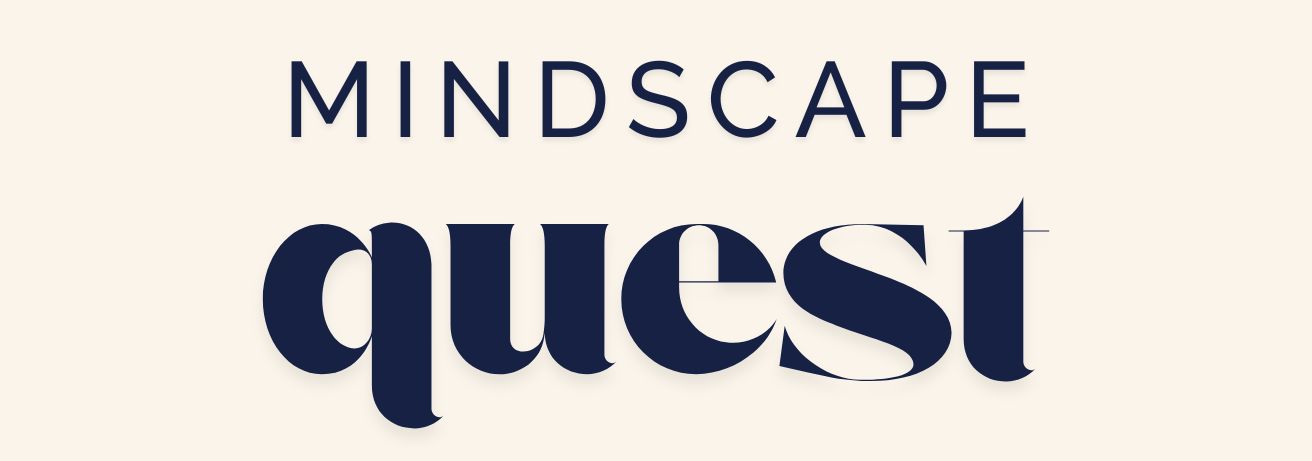The Finnish Sauna Market: A Tradition Facing Modern Challenges
The Finnish sauna is a cultural icon, deeply intertwined with the country’s heritage and everyday life. Known for its health benefits and ability to foster relaxation, the sauna has become a symbol of wellness worldwide. However, despite its revered status, the Finnish sauna market is experiencing unique challenges that are affecting sales and distribution.
One of the main factors contributing to this situation is the evolving consumer preference. While traditional saunas are still popular, there is a growing demand for more modern, technologically advanced options that offer features like smart controls and customizable environments. This shift has led to a surplus of unsold luxury saunas that do not meet these new expectations.
Additionally, the market faces stiff competition from other wellness products and services that promise similar benefits. Consumers now have a plethora of options, from infrared saunas to portable steam rooms, each offering unique advantages. This diversification in choices has made it challenging for traditional Finnish saunas to maintain their market share.
Moreover, the economic factors cannot be ignored. The cost of manufacturing and importing high-quality Finnish saunas has increased, leading to higher retail prices. In a competitive market, this can deter potential buyers who might opt for more affordable alternatives.
In summary, while the Finnish sauna remains a beloved wellness product, the market is facing challenges from changing consumer preferences, increased competition, and economic pressures. Understanding these dynamics is crucial for anyone looking to invest in this sector or purchase a sauna for personal use.
Understanding the Unsold Luxury Sauna Phenomenon
The phenomenon of unsold luxury saunas is intriguing, especially given the rising global interest in wellness and self-care. To comprehend why these high-end saunas are languishing in showrooms, one must delve into the nuances of consumer behavior and market dynamics.
Firstly, the price point of luxury saunas is a significant barrier. These saunas, often equipped with premium materials and cutting-edge technology, come with a hefty price tag. While they offer exceptional quality and features, the investment required can be prohibitive for many potential buyers.
Another factor is the shifting focus towards more sustainable and eco-friendly products. Consumers are increasingly prioritizing environmental responsibility in their purchasing decisions. Luxury saunas, which may not always align with these values, can be overlooked in favor of more sustainable options.
Furthermore, the customization trend in the wellness industry has impacted the sale of pre-designed luxury saunas. Consumers now prefer personalized experiences, and the ability to tailor a sauna to specific needs and preferences is highly valued. This trend has led to a decline in interest for off-the-shelf luxury models that do not offer such flexibility.
Lastly, the global economic climate plays a role. Economic uncertainties and fluctuating disposable incomes can make luxury purchases less appealing. Potential buyers may choose to delay or forego such investments until they feel more financially secure.
In conclusion, the unsold luxury sauna phenomenon is a result of high costs, a shift towards eco-friendly products, a desire for customization, and economic factors. Understanding these elements can help manufacturers and retailers adjust their strategies to better meet consumer demands.
Eco-Friendly Sauna Trends: A Sustainable Shift
The shift towards eco-friendly saunas is a reflection of a broader trend towards sustainability in all aspects of life. As environmental concerns become more pressing, consumers are seeking products that minimize their ecological footprint, and saunas are no exception.
One of the key trends in this area is the use of sustainable materials. Saunas made from responsibly sourced wood and non-toxic finishes are becoming increasingly popular. These materials not only reduce environmental impact but also enhance the health benefits of the sauna by avoiding harmful chemicals.
Another trend is the integration of energy-efficient technologies. Modern saunas are being designed with features such as LED lighting, efficient heating systems, and smart controls that reduce energy consumption. These innovations not only appeal to eco-conscious consumers but also offer long-term cost savings.
Water conservation is also a critical aspect of eco-friendly saunas. Some manufacturers are developing systems that minimize water usage without compromising the sauna experience. This is particularly important in regions where water scarcity is a concern.
Furthermore, the trend extends to the overall sauna experience. Many eco-friendly saunas are designed to be used in conjunction with natural elements, such as incorporating outdoor views or using natural light, to create a more immersive and harmonious experience.
In summary, the eco-friendly sauna trend is driven by a growing consumer demand for sustainability and environmental responsibility. By focusing on sustainable materials, energy efficiency, and water conservation, manufacturers can cater to this market while contributing to a healthier planet.
Smart Buying Choices in the Sauna Market
For potential buyers navigating the sauna market, making informed decisions is crucial. Understanding the current trends and challenges can help consumers choose a sauna that aligns with their needs and values.
Firstly, consider the type of sauna that best suits your lifestyle. Traditional Finnish saunas offer a classic experience, while infrared saunas provide a different set of health benefits. Assessing your wellness goals can guide you in choosing the right type.
Next, evaluate the sustainability features of the sauna. Look for models made from eco-friendly materials and equipped with energy-efficient technologies. This not only supports environmental efforts but also reduces long-term operational costs.
Customization is another important factor. Many manufacturers offer options to tailor the sauna to your preferences, whether it’s adjusting the size, design, or features. A customized sauna can provide a more satisfying and personal experience.
Price is always a consideration. While luxury saunas offer exceptional features, it’s essential to weigh these against your budget. Consider both the initial investment and the ongoing costs, such as energy consumption and maintenance.
Finally, research the manufacturer’s reputation and customer reviews. A well-regarded company with positive feedback can provide assurance of quality and reliability.
In conclusion, making smart buying choices in the sauna market involves evaluating your personal needs, considering sustainability, and balancing cost with features. By doing so, you can ensure a purchase that brings long-term satisfaction and wellness benefits.
Conclusion: Navigating the Finnish Sauna Market
The Finnish sauna market, with its rich heritage and evolving challenges, presents both opportunities and complexities for consumers and manufacturers alike. Understanding the reasons behind unsold luxury saunas and the shift towards eco-friendly trends is essential for making informed decisions.
For consumers, the key is to align purchases with personal wellness goals, sustainability values, and budgetary constraints. By staying informed about market trends and product features, buyers can make choices that enhance their wellness journey while supporting environmental efforts.
Manufacturers and retailers, on the other hand, must adapt to changing consumer preferences by offering innovative, sustainable, and customizable products. Embracing these trends can help them capture a more significant share of the market and meet the needs of a diverse customer base.
Ultimately, the Finnish sauna market is a dynamic landscape that requires both buyers and sellers to be proactive and informed. By understanding the current trends and challenges, all stakeholders can contribute to a thriving market that honors tradition while embracing modernity.










